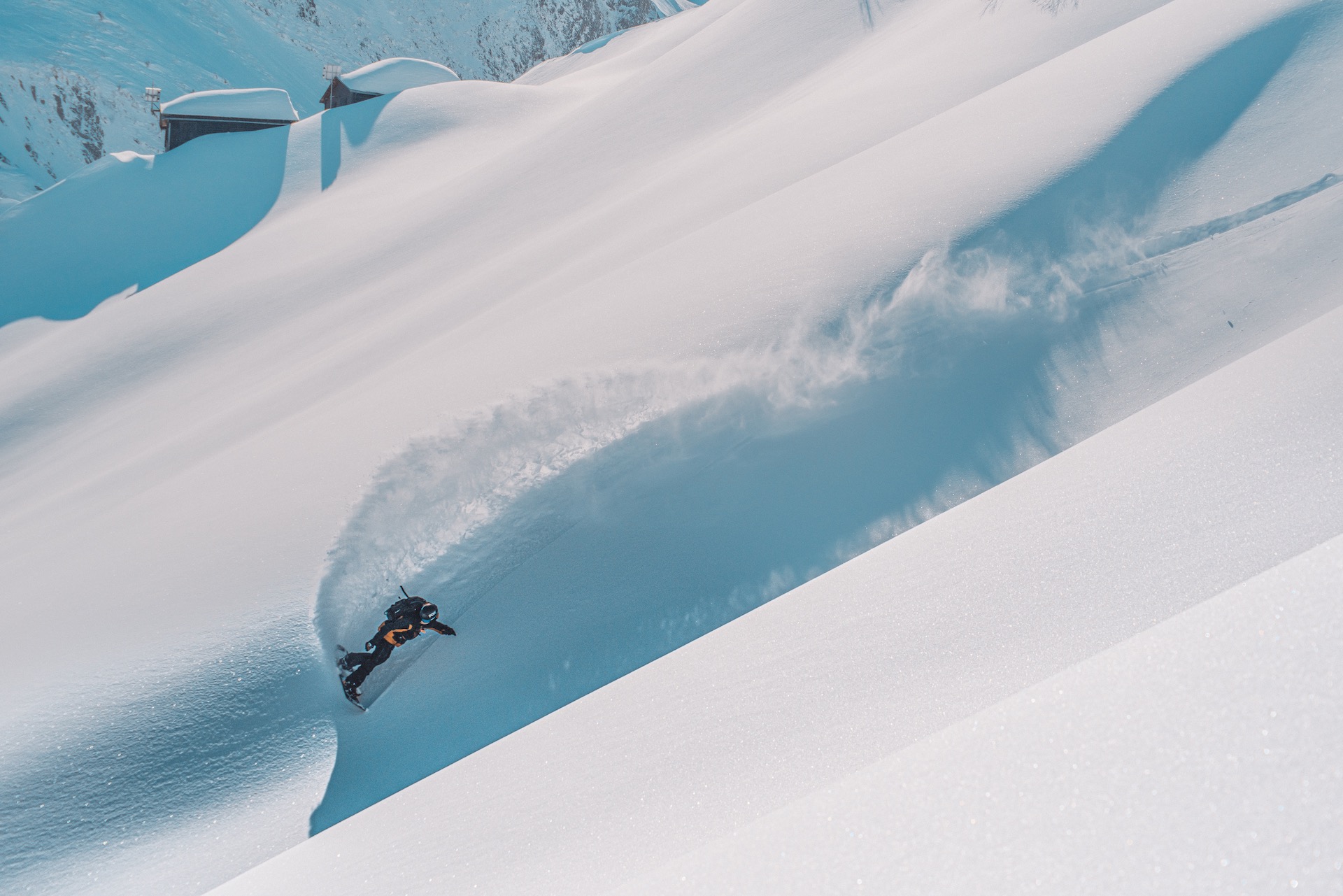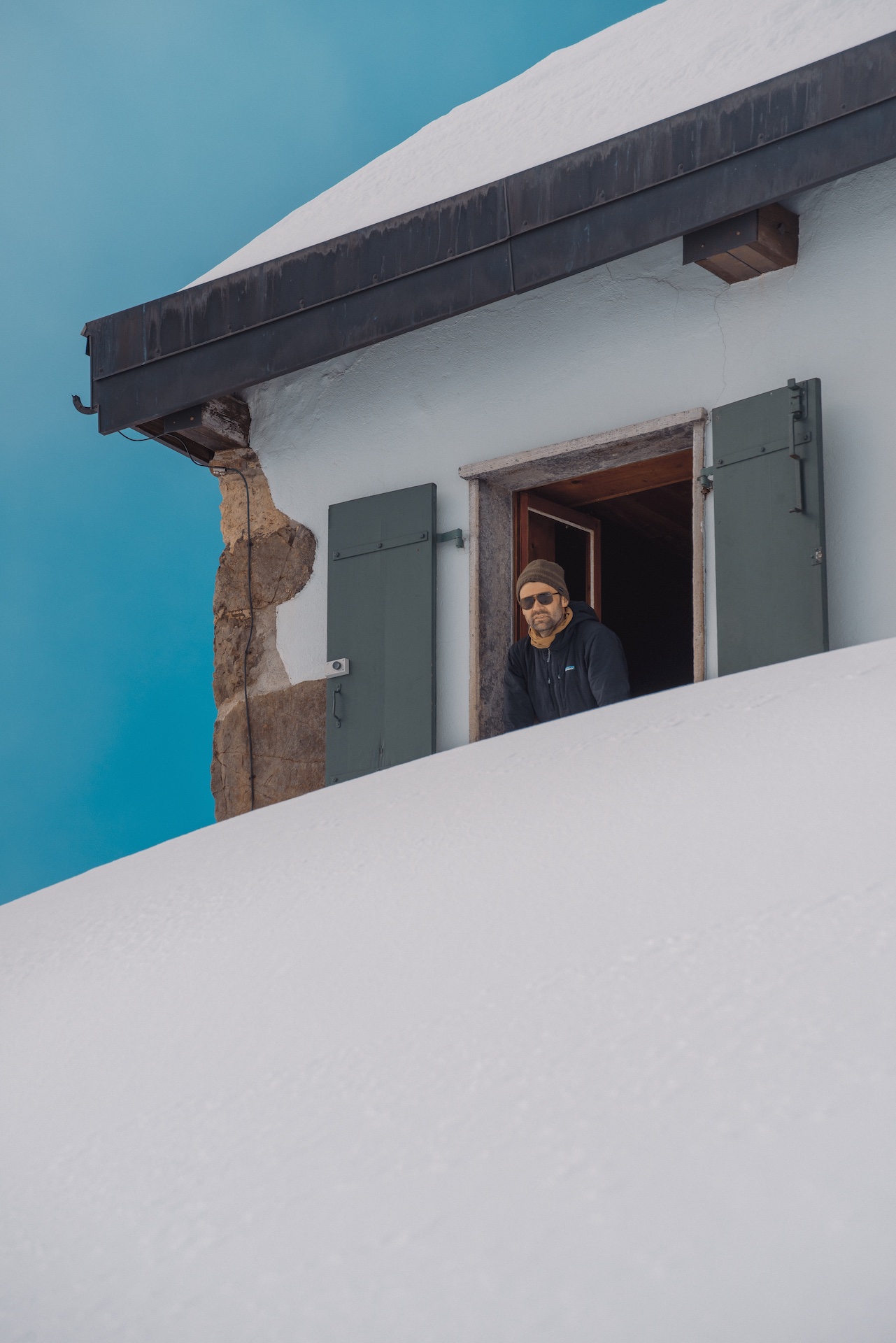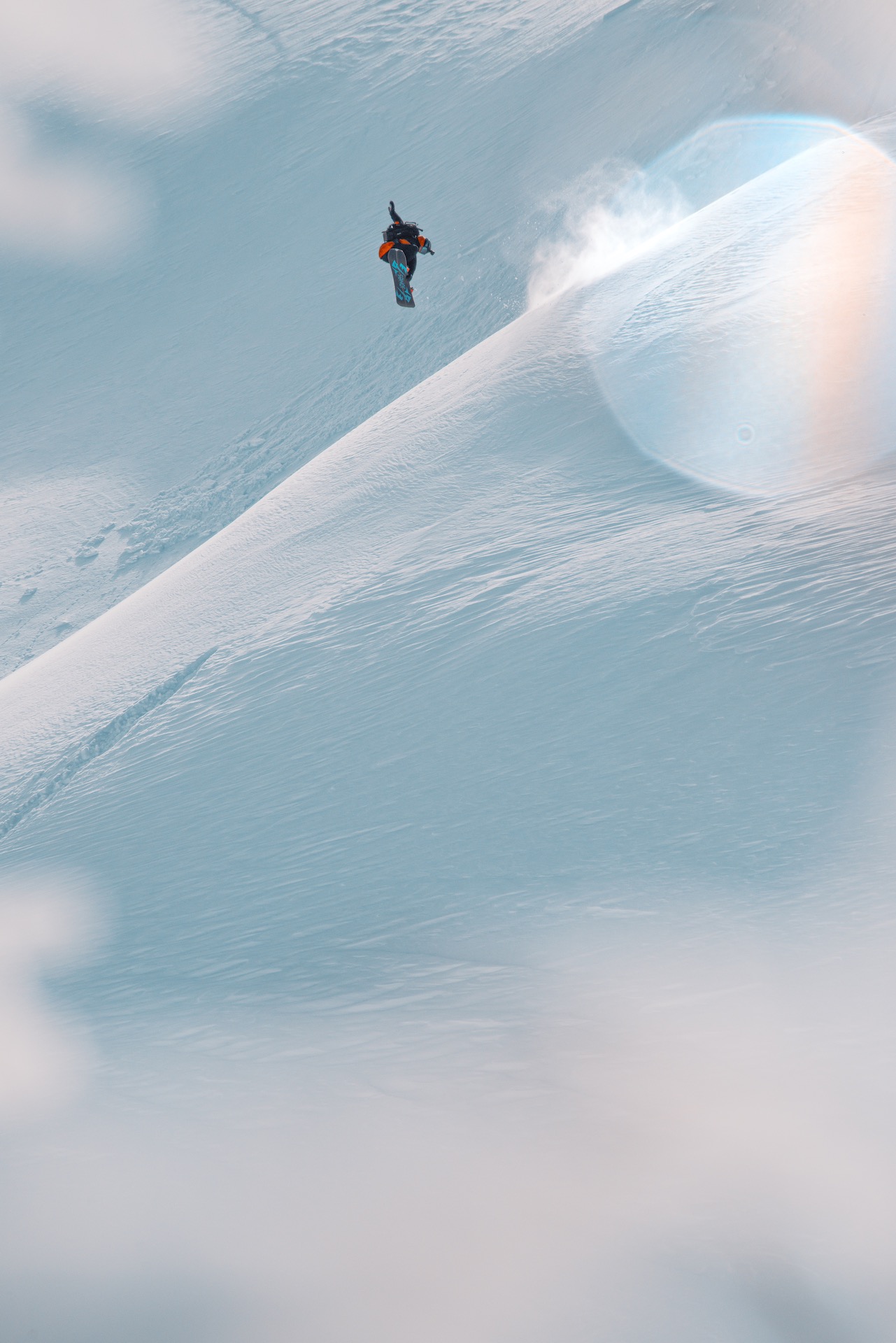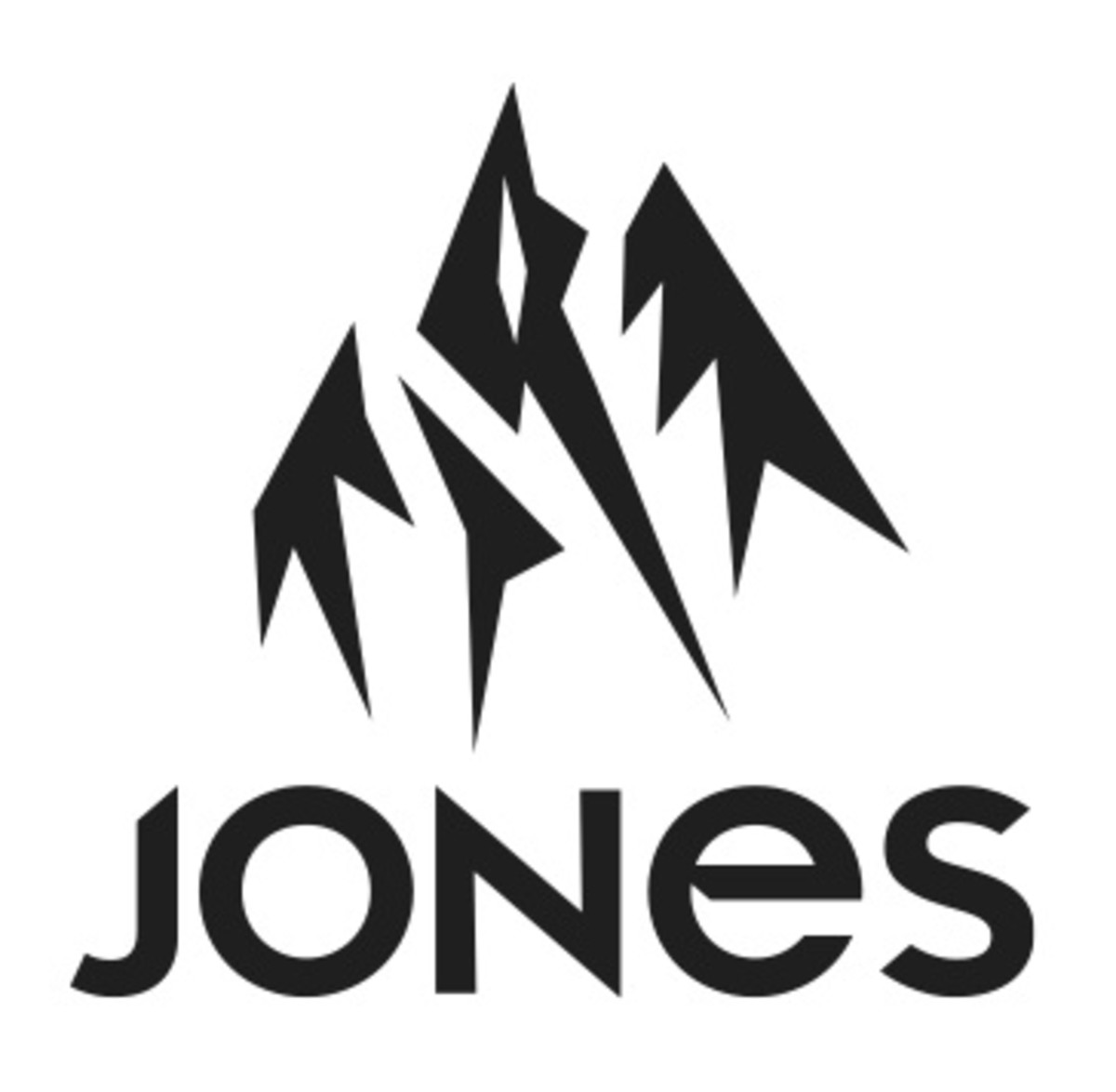All photo credits: Michael Cordey
In the world of surfing, the names of classic waves echo down through the generations: Pipeline, Ulus, Teahupo’o, G-Land, Mavericks, Jaws… the list goes on. Each of these spots have played their part in the progression of the sport, and the stories of their discovery – of the pioneering early sessions, the epic swells and all-time rides that went down – are entwined with the legends of the men and women who surfed them.
“Sure, there are mountains like Jackson Hole or Chamonix that hold a special place in the cultural folklore – and Alaska remains an almost mythical last frontier – but how many of us can pinpoint more precisely where the best terrain lies?”
Though snowboarding has plenty of its own heroes, we tend to spend less time celebrating our equivalent sacred spots. Sure, there are mountains like Jackson Hole or Chamonix that hold a special place in the cultural folklore – and Alaska remains an almost mythical last frontier – but how many of us can pinpoint more precisely where the best terrain lies? After all, surfers don’t just talk in broad terms like ‘Indo’ or ‘Santa Cruz’; they focus on specific reefs and beach breaks, classic lefts and rights. So where are the equivalent landmarks that truly changed the snowboarding game, and what are they even called?








